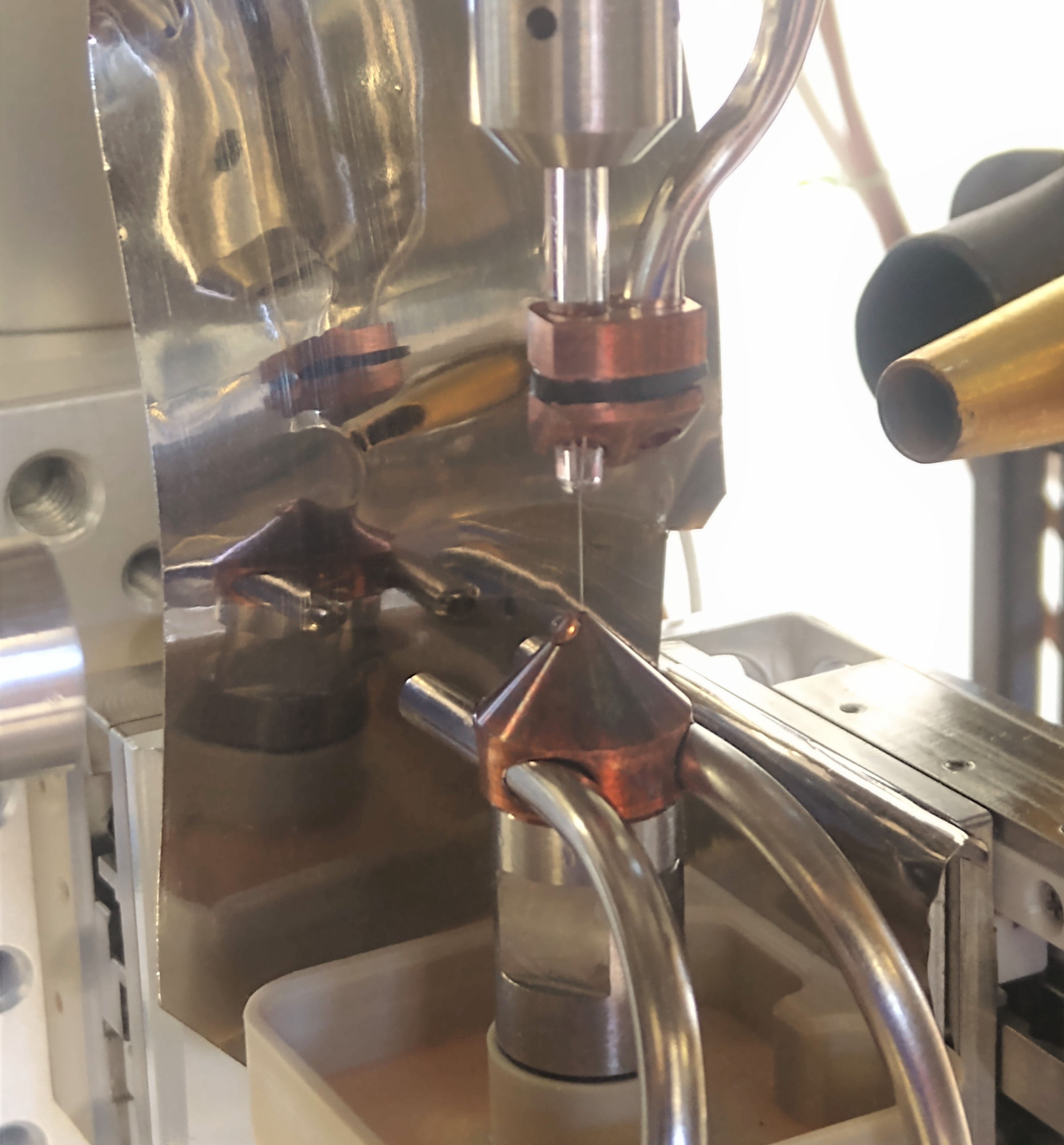| Apr 06, 2022 |
Cutting-edge research into cool plasma brings sci-fi healing closer
(Nanowerk News) From Star Trek to Wolverine and Dune, instant wound healing has been a show-stealer in many science-fiction and fantasy films.
|
|
While science points to plasma medicine as a new way to increase the rate of healing or alter or sterilise heat-sensitive tissue, so far the application of low-temperature plasmas have been out of reach without accurate predictive models.
|
|
To progress matters, Australian and Asian researchers are experimenting with a liquid micro jet in a Flinders University vacuum chamber lab with a fundamental new approach to understanding electron transport into and within liquids to enhance plasma-liquid models.
|
|
In a new article just published in the International Journal of Molecular Sciences ("Simulating the Feasibility of Using Liquid Micro-Jets for Determining Electron–Liquid Scattering Cross-Sections"), researchers from James Cook University, Flinders University and the ANU, Canberra have used a simulation of a new experimental technique to determine accurate electron cross-sections in liquid using a micro-jet of water just 15 micrometres in diameter.
|
|
“Due to the high standards required in medical applications, developing our understanding of electron transport into and within liquids is critical for enhancing predictive power of plasma-liquid models,” says Flinders University Professor Michael Brunger.
|
 |
| Liquid jet. (Image: Flinders University)
|
|
This proof-of-concept model used machine learning and a significant wealth of Monte Carlo training data by physics researcher Dale Muccignat, a James Cook University PhD candidate.
|
|
Mr Muccignat, who is currently working with experts at Flinders University, has developed a Monte Carlo simulation of electron and positron transport through various mediums as part of extended honours and PhD work at James Cook University.
|
|
“The method allowed us to reasonably predict individual and two simultaneous electron scattering cross-sections which lays the foundation for a prediction of full, self-consistent cross-section sets in future studies,” he says.
|
|
Plasma is the fourth state of matter and exists as a cloud of high energy charged particles, including electrons, ions and neutral molecules.
|
|
The interaction of low-temperature plasmas, such as those developed with the heavy constituents at room temperature while electrons contain enough energy to drive reactions within a target, raise the prospect of new technologies and application in areas as diverse as medicine, synthesis of nanomaterials and even environmental remediation.
|

